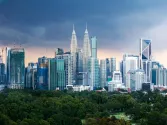Three imperatives for utilities in the energy transition
By Sophaphan SaptippayarattanaThe utilities sector has an important role to play in our collective transition to clean energy – one that cannot be understated: by decarbonising the production of power, it enables other industries to decarbonise through electrification. Recognising this, utilities across Southeast Asia are embracing the energy transition, and making commitments to embark on this journey in earnest.
In the renewable energy space, for example, solar power can be observed to be gaining significant momentum. Following a dramatic cost decline over the past decade, solar photovoltaic (PV) systems are currently amongst the most cost-competitive energy resources in the market. This has resulted in a solar PV boom across Southeast Asia. Vietnam, in particular, now possesses one of the world’s highest installed capacity for solar power.
Looking ahead, regional utilities are also likely to intensify their focus on floating solar PVs or floatovoltaics modules. Singapore, for instance, recently unveiled one of the world’s largest floating solar panel farms spanning an area equivalent to 45 football fields, and with the capacity to produce enough electricity to power five water treatment plants. A number of similar developments are also taking place across most major regional markets, including Indonesia, Malaysia, the Philippines, Thailand, and Vietnam, where deployments have been planned for the coming years.
While these are all efforts in the right direction, several tough challenges remain. Specifically, utilities now find themselves not only needing to re-examine their supply chain ecosystems for renewables, but also support greater electrification, and intensify their focus on resiliency and reliability. In this article, we will examine each of these three imperatives in turn:
1. Supply chain ecosystems for renewables
To facilitate the energy transition, utilities must first and foremost evolve their supply chain ecosystems for renewable energy. The solar power industry, for example, continues to grapple with supply shortages of components (semiconductors and modules), raw materials (polysilicon and commodities), and labour – in addition to rising shipping costs.
In order to alleviate these pressures, utilities will need to double down on efforts to seek out alternative suppliers, reassess their supply needs, and develop substitutes. Indeed, ongoing industry initiatives to support renewable energy supply chains – for instance, the development of end-to-end supply chains for advanced batteries and their multiple critical production materials – are already extending beyond energy components to also include raw materials.
When it comes to substitute materials, leading solar players have been observed to be exploring the scaling up of perovskite solar-cell manufacturing in tandem with existing silicon cells as an alternative pathway for solar PV (with silicon) to reduce silicon demand and increase efficiency. Some renewable energy players are also developing low- or no-cobalt cathodes to offset the high costs of battery production, and address ethical concerns around cobalt mining.
Ultimately, however, for renewable energy sources to function more like a baseload power, regional utilities will also need to consider the need for more storage buildouts: by pairing storage with renewable energy generation, utilities could better position themselves to benefit from cost synergies, operational efficiencies, and lowered curtailment risks.
2. Resiliency
Southeast Asia is one of the world’s most climate-vulnerable regions: according to the Intergovernmental Panel on Climate Change, 19 of the 25 cities most exposed to a one-metre sea-level rise are in Asia – seven of which are in the Philippines. With the frequency, intensity, and unpredictability of extreme weather events expected to increase, regional utilities are urgently looking at ways to enhance their resiliency strategies to ensure the reliability of electricity delivery even under extreme climate conditions.
The main challenge, however, is that global weather patterns are now in uncharted territory, and planners can no longer use the past to predict the future. To cope with the uncertainty, utilities across the globe are pursuing various resiliency strategies. These include, for example, grid hardening, which ranges from replacing and reinforcing transmission and distribution infrastructure to burying wires underground.
Non-wire alternatives are also becoming more common, including distributed energy resources (DER), such as rooftop solar, battery storage, and microgrids. Some utilities are mapping optimal DER locations to support grid resiliency, and many are looking to third-party DER ownership to reduce costs. In addition, utilities are expected to increasingly rely on smart meters and other control systems that could help reduce demand during an emergency, combined with flexible load programs.
In tandem with their energy transition and uptake of renewable energy sources, such as solar and geothermal, leading regional utilities in Southeast Asia are currently in the process of deploying battery energy storage systems to stockpile excess energy for use when the demand for power exceeds supply.
Nevertheless, the cost of grid upgrades remains a major concern. To unlock capital, governments, utilities, and non-government organisations should consider initiating community resilience plans as a source of collaboration, and scaling up public-private partnerships to increase funding for grid resilience projects.
3. Electrification
With the greater uptake of electric vehicles (EVs) and other smart digital applications, electrification looks set to boost demand for electricity across Southeast Asia. This could be good news: as utilities decarbonise, the electrification of other industries may result in a lower overall carbon footprint. The issue, however, lies with capacity: to enable grids to handle this increased demand, additional investments may be needed in home weatherisation and grid-responsive appliances to manage energy use and shape load.
To incentivise consumer behaviour for more balanced peak demand loads, utilities will also need to consider developing new rates and implementing flexible load programs. Depending on their peak demand patterns, they may also need to reconsider maintenance schedules for assets that are utilised more often in the year, and therefore potentially have shorter life cycles.
In the long run, energy-efficiency policies will be an important tool in reducing the energy load on the system. The challenge, however, is that building stock, building codes, and related policies vary widely across Southeast Asia. Looking ahead, a greater convergence towards shared regional standards could be one way to help facilitate greater levels of knowledge-sharing, and increase the sector’s uptake of energy-efficiency best practices.
Convergence ahead
In an economy increasingly moving towards electrification, we are likely to witness greater convergence across the broader energy ecosystem as new entrants and incumbents seek to position themselves to serve a growing clean power market. For instance, automakers’ increased shift towards EVs may help to enhance the grid through charging infrastructure and battery storage development, and technology companies may even seek to become renewable and electric service providers by enabling vehicles and buildings to be served as DER.
From the perspective of utilities, the upshot is they may find themselves increasingly collaborating with, and in some cases competing against, a more varied set of players, including non-traditional ones. Seeking a strategic foothold within this rapidly evolving landscape – all while continuing to forge a path to a cleaner and more resilient grid – is no doubt a tall order for utilities, but one that they must tackle in order for us to make the transition to low-carbon future.




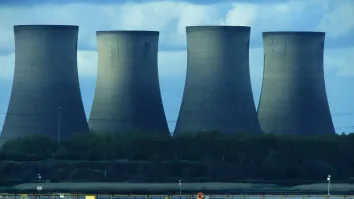
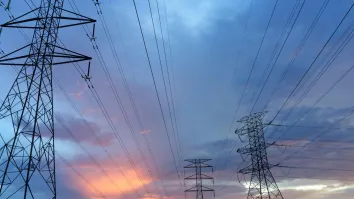
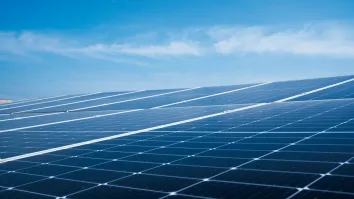




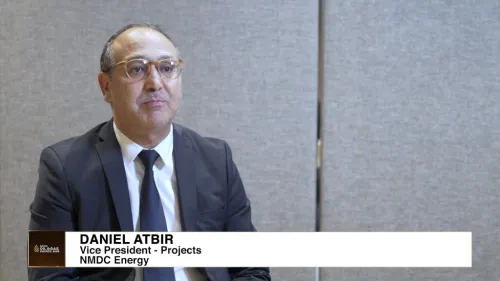

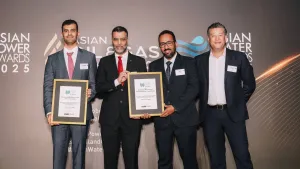






 Advertise
Advertise





